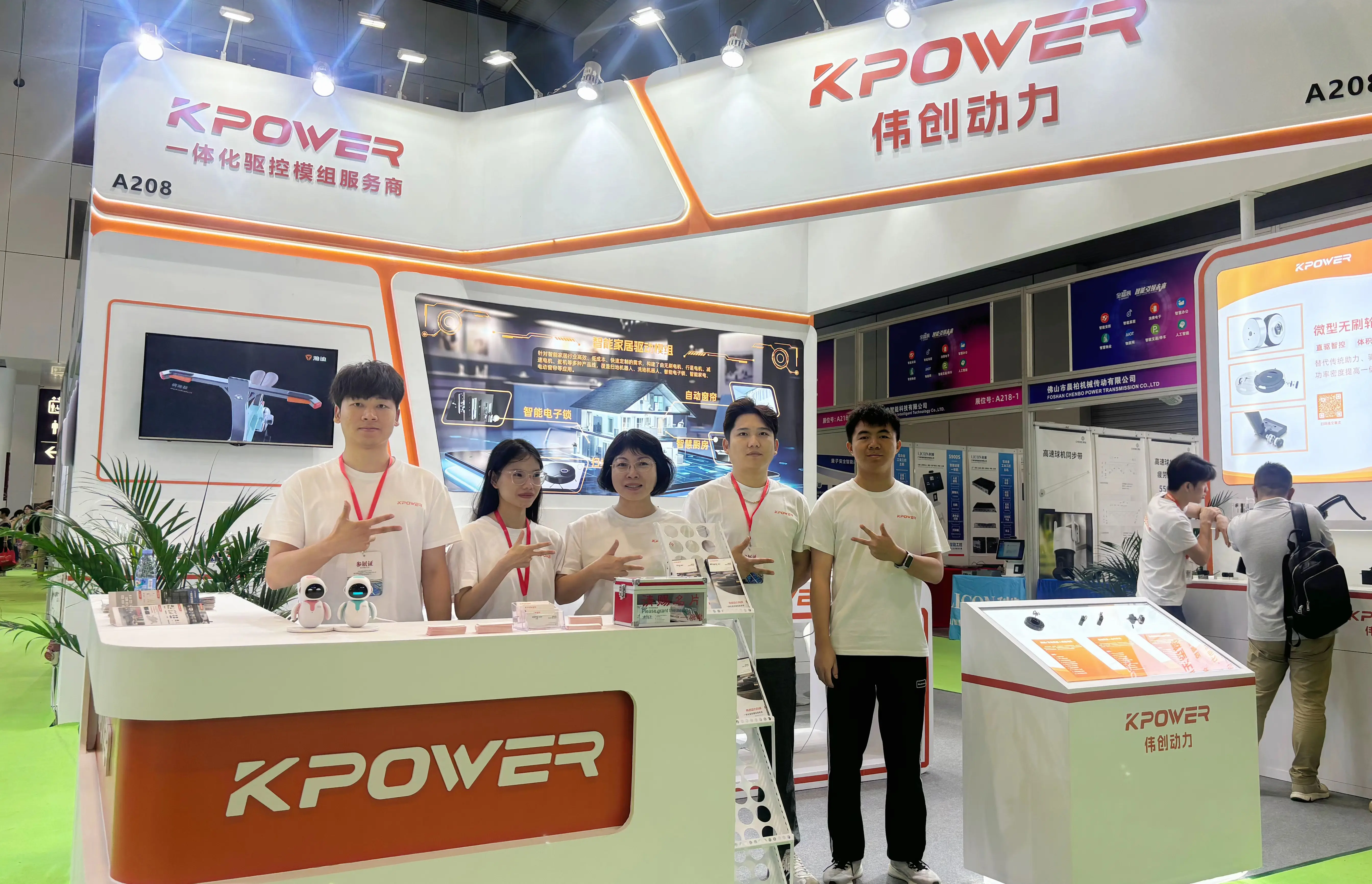part 1:
In the world of automation and robotics, achieving precise, reliable movement is often the cornerstone of success. Whether it’s a robotic arm assembling electronics down to the micron or a drone maintaining steady flight, the secret ingredient lies in the sophisticated dance between hardware and control algorithms. Among these, the servo motor stands out—an essential workhorse that provides the finesse and force needed in countless applications. But how do engineers ensure these motors move exactly as intended, with minimal jitter and maximum accuracy? Enter PID control, a tried-and-true method that has revolutionized motion precision for decades.

Picture a busy city intersection: vehicles flow smoothly when traffic lights adapt seamlessly to the real-time flow of cars. Likewise, a servo motor under PID control uses continuous feedback to adjust its output, ensuring the movement remains precise despite disturbances or changing loads. This adaptability is what makes PID controllers so powerful—think of them as the vigilant traffic cop directing the flow of electrons and mechanical motion in perfect harmony.
Understanding the Basics of Servo Motors
Before diving deep into PID control mechanics, it’s helpful to understand what sets servo motors apart. Unlike simple DC motors, which just spin freely when powered, servo motors are equipped with a built-in feedback system—usually a potentiometer or encoder—that constantly reports the motor’s position, speed, or acceleration back to the controller. This feedback allows the system to compare the actual position with a desired target, adjusting power as needed.
A typical servo system comprises three key components:
Motor – The actuator that generates mechanical movement. Feedback device – Provides real-time data about the motor’s current state. Controller – Processes feedback and calculates the necessary corrective actions.
The real magic happens in the controller, where algorithms interpret the feedback and issue commands to the motor to correct any deviations from the target position or speed.
What Is PID Control?
PID, which stands for Proportional-Integral-Derivative, is a control algorithm that balances three aspects of error correction:
Proportional (P): Responds proportionally to the current error—the difference between where the motor is and where it should be. The larger the error, the bigger the correction. Think of it as the instinctive response—push harder if the mismatch is huge. Integral (I): Takes into account the accumulation of past errors. It helps eliminate persistent, small deviations that might be overlooked. Imagine correcting a slight but constant misalignment or drift—integral action “remembers” past errors to compensate. Derivative (D): Reacts to the rate of change of the error—how quickly the error is increasing or decreasing. It acts as a dampener, preventing overshoot and oscillations. Picture a driver applying the brake smoothly as they see the car approaching a red light too fast.
When these three components are combined, a PID controller effectively “tunes” how the servo responds, ensuring rapid, smooth, and stable movements.
The Dynamics of Feedback in Servo Control
In a practical servo system, the feedback loop operates on real-time data updated many times per second. The PID algorithm continuously calculates the error—the difference between the desired position and the actual position reported by the sensor. Depending on this error, the controller adjusts the voltage or current supplied to the motor.
This constant process of measurement, comparison, and correction forms a closed-loop system. The goal: make the actual position converge closely to the target.
But achieving a perfect balance isn’t trivial. If the PID parameters aren’t tuned correctly, the system might oscillate or respond sluggishly. That’s why tuning PID parameters—setting the right gains for proportional, integral, and derivative terms—is both an art and a science.
Tuning the PID Controller
Before deploying a servo motor in a critical application, engineers must tune the PID controller. This process involves adjusting the controller gains to optimize response characteristics like settling time, overshoot, and steady-state error.
Several methods are used for tuning:
Manual Tuning: Adjusting gains iteratively based on observation. Ziegler-Nichols Method: A systematic approach that involves increasing gains until oscillations occur, then setting parameters based on this critical point. Software-Based Tuning: Using algorithms that automatically tune parameters through simulations or real-time testing.
Proper tuning results in a system that responds swiftly to commands with minimal overshoot or vibration, which is particularly important in high-precision applications.
Applications of PID-Controlled Servo Motors
Many fields benefit from the refined control offered by PID algorithms:
Robotics: For precise arm movements, gripping, and navigation. CNC Machines: Ensuring cutting tools follow intricate paths accurately. Aerospace: Stabilizing aircraft and drone flight. Manufacturing: Automating inspection or assembly lines. Medical Devices: Precise control in surgical robotics or imaging systems.
In each case, the real-time correction facilitated by PID control enhances performance, safety, and efficiency. Its adaptability means systems can maintain high precision even amidst variable loads, environmental factors, or wear-and-tear.
Established in 2005, Kpower has been dedicated to a professional compact motion unit manufacturer, headquartered in Dongguan, Guangdong Province, China.




































